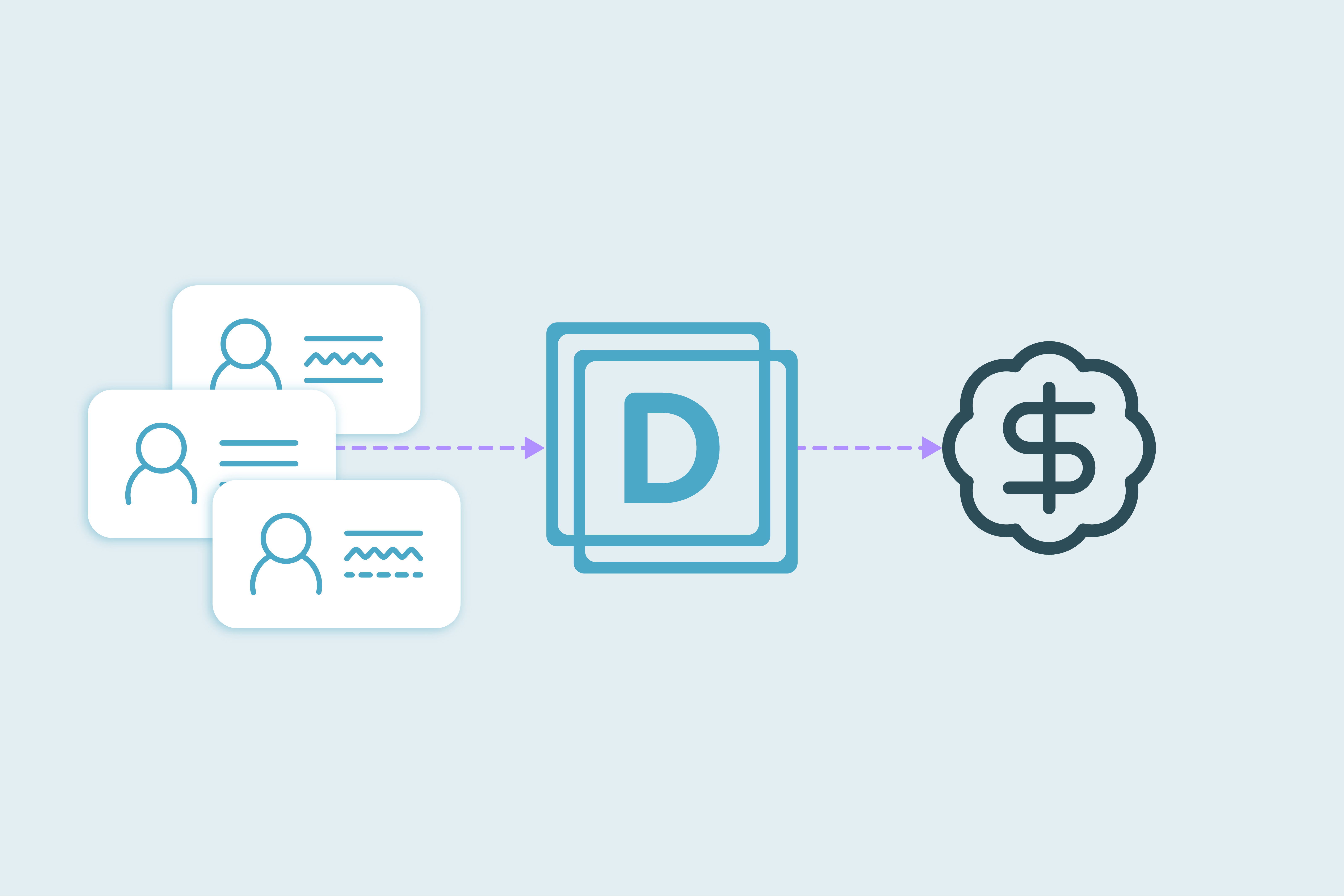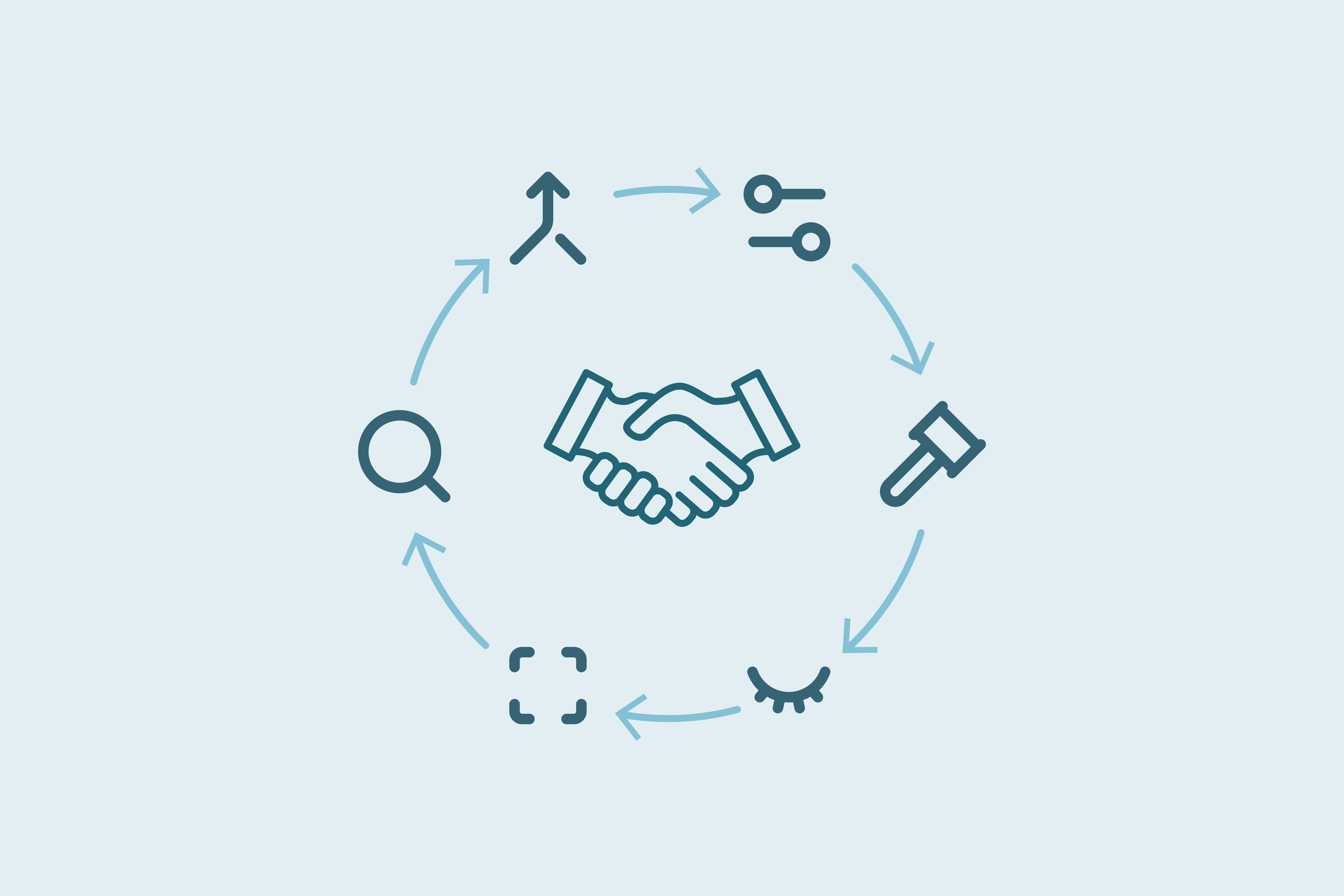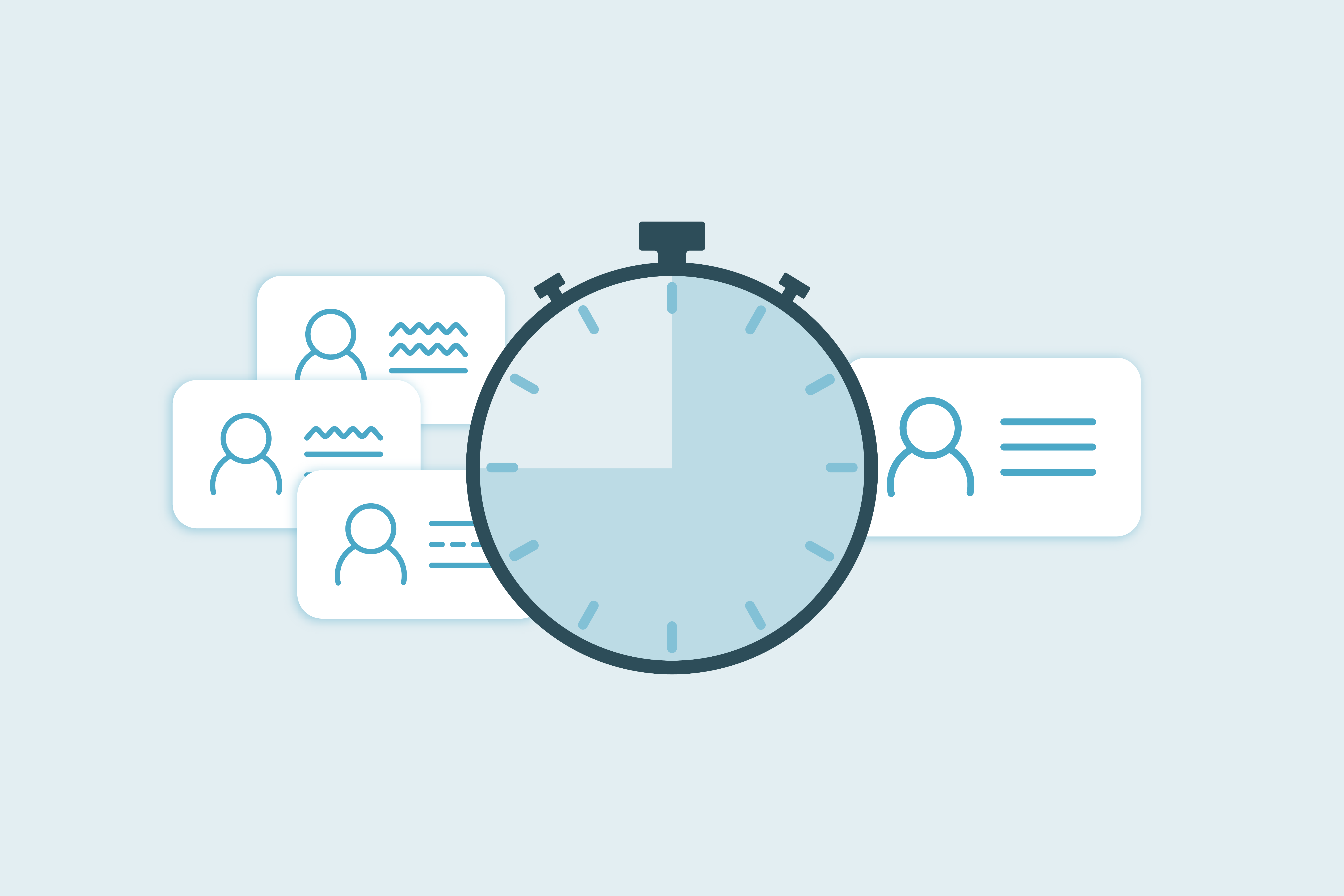Turn CRM deduplication into a billable service for your agency
Structure CRM deduplication as a billable, repeatable service for your agency.

Agency teams often manage CRMs where duplication is obvious: Clients bring it up and it gets logged. But deduplication rarely becomes a scoped deliverable. One reason: most native CRM tools offer only strict exact-match conditions.
The other blocker is clarity, as agencies hesitate to run merges without knowing which data will be kept, how field conflicts are handled, or whether they can isolate changes. In most cases, they default to manual review or avoid deduplication entirely.
What agencies need before offering deduplication
To deliver deduplication as a managed service, agencies need a way to define logic, apply it per client, and repeat it across CRMs. That includes:
- Match flexibility based on how clients store data
- Field-level decisions for what gets kept
- Reusable setups for specific client patterns
- No need for shared logins or in-CRM navigation
How Dedupely partners define merge behavior
Dedupely Partner accounts let agencies define merge logic on their own terms. Each connected CRM shows up under the portal, and partners create searches by object.
- Within each search, partners select match options based on client structure
- Then, merge rules are added at field level. For example: Choose the most recent create date to win on First Name
- Auto-merge is optional. Partners decide whether to run merges manually or let them run in the background after logic is in place.
How match options adapt to real-world scenarios
Every CRM has its own naming habits, input styles, and formatting quirks. Dedupely match options are built to adjust:
- Exact match requires the values to be identical
- Similar match allows small typos
- Fuzzy match uses phonetics, which useful for names
- Similar Word (Any Order) match ignores word order, ideal for companies
- Domain Root match compares only the core part of a domain or email
Partners apply these options per object and they can mix types depending on the data structure. For example: a company search might combine Similar Word (Any Order) match with Domain Root match, while a contact search uses Fuzzy match on First Name and Exact match on Email.
Merge structure designed for repeatability
Dedupely merges follow a defined structure. Partners can rely on:
- Defaults: Oldest record ID wins, non-blank values are preserved
- Overrides: Merge rules can change behavior field-by-field
- Limits: No merge allowed on match groups larger than 25 (unless adjusted)
- History: All merges are logged, and CSV exports are available
This setup makes it possible to standardize deduplication work without custom logic per client.
Managing across CRMs from one partner portal
A partner account in Dedupely connects to as many CRMs as needed. This includes:
- HubSpot
- Pipedrive
- Salesforce
- CSV imports
Each CRM is isolated with its own synced objects, Search Pads, match options, merge rules, and filters. Partners can choose which objects to sync and don’t need CRM credentials or direct access.
Clients never need to log in, so they don’t see billing, search criteria, or match setup unless the partner invites them.
Packaging deduplication as a repeatable service
Once merge logic is defined, it becomes a reusable product. Partners can:
- Scope deduplication by object
- Offer one-time, monthly, or migration-based deduplication
- Adjust pricing by record volume or CRM size
All usage is tracked from the partner portal, and all logic stays under the partner’s control.
If you're ready to offer deduplication as a service, book a Zoom to talk through how our partner program supports multi-CRM delivery, merge control, and client-by-client management.
Contact us
We’d be happy to help you get this set up.
Write us a message
We probably know the answer to your question already 🙂
Book a Zoom
Whether you’re getting started or getting intense.
Get in touch!
Discover Related Blog Posts
Stay updated with our latest articles and insights.






















